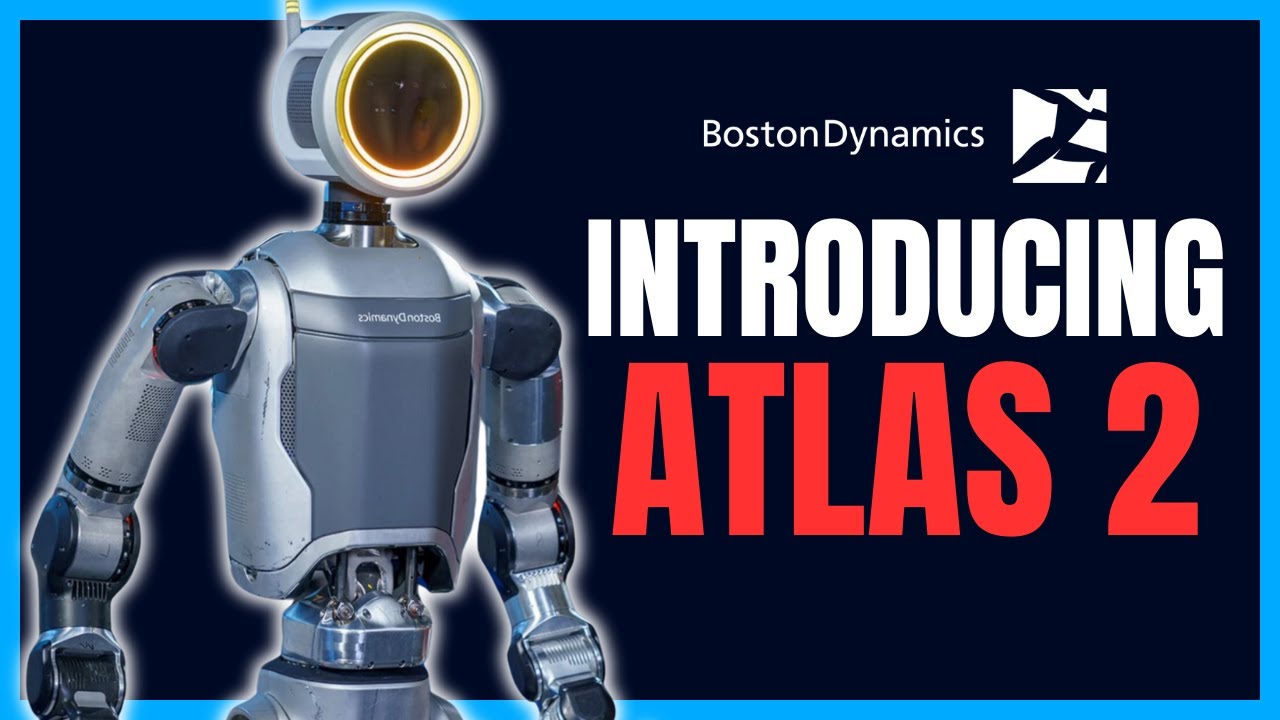Boston Dynamics has introduced a new electric version of their Atlas robot, featuring futuristic design and advanced movements, marking a significant advancement in humanoid robotics. The company aims to enhance the robot’s strength, manipulation abilities, and versatility for commercial applications, underlining their commitment to innovation and pushing boundaries in the field of robotics.
Boston Dynamics introduced a new version of their Atlas robot, which is fully electric and designed for commercial use. This new Atlas robot showcases impressive futuristic design and movements, distinguishing itself as one of the most advanced humanoid robots. Boston Dynamics has invested years of research and innovation into developing this electric version of Atlas, marking a significant step forward in the field of robotics.
The humanoid form factor of robots, such as Atlas, is gaining popularity due to the existing infrastructure designed for humans. This design allows for seamless integration of robots into various environments, like factories and automotive facilities. The Atlas robot is set to be deployed in Hyundai’s automotive factory, serving as a testing ground for its capabilities and applications. The humanoid form factor also leverages vast amounts of data and video footage of humans to train robots effectively.
Boston Dynamics aims to enhance the Atlas robot’s strength, range of motion, and manipulation abilities in this new electric version. By incorporating innovative gripper variations and exploring diverse manipulation needs, they are paving the way for versatile applications in customer environments. The company emphasizes that successful commercial solutions involving robots require more than just capable hardware; they need a comprehensive ecosystem, infrastructure, employee buy-in, connectivity, safety standards, and operational processes.
The Atlas robot, with its electric power and advanced features, represents a culmination of Boston Dynamics’ continuous efforts to push the boundaries of humanoid robotics. The company’s extensive experience in simulation, model predictive control, and AI tools like reinforcement learning and computer vision contribute to the development of these cutting-edge robots. Boston Dynamics is also utilizing software platforms like Orbit to manage robot fleets efficiently and facilitate digital transformation in various industries.
Overall, Boston Dynamics’ latest iteration of the Atlas robot underscores their commitment to innovation and research, demonstrated through a history of groundbreaking advancements in humanoid robotics. The focus on creating robots that can balance, move dynamically, and navigate challenging terrains reflects the company’s dedication to developing robots that can operate effectively in human-centric environments. The new electric Atlas robot is poised to be stronger, more dextrous, and more agile, showcasing a shift towards efficient task completion beyond the constraints of human range of motion.
